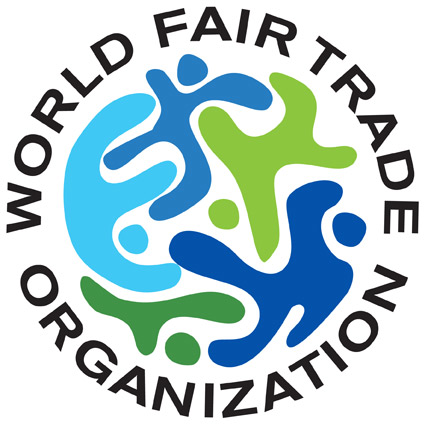Here, volunteer Larissa shares a recent project we have been developing with the Flor Juanera cooperative based in San Juan la Laguna:
The project first started to research the artisans’ methods of natural dyeing with the group Flor Juanera from San Juan la Laguna and then to create a manual they could follow to repeat the colours more consistently. A possible solution was creating recipes, so the process of producing the colours will not vary much and would be possible to control better the tones. The project happened according with these steps and goals:
-To watch and learn the dye techniques the artisans are utilising.
-To take notes of the techniques to try and create more consistent tonalities to be easily replicable.
-To organize a manual containing the processes description, colours obtained and recipes.
-To develop products with the dyed cotton from the dye experiments and sell the products.
-To test the recipes, improve what is needed, try new materials and colours.
-To do a workshop to teach others artisans the techniques so they can manage and understand about the materials and colours mix. Also talk about the colours theory.
At the first workshops the plants and material utilised to produce the dyes were: sacatinta leaves, pino dry leaves, chilca leaves, cochinilla powder and albaca leaves. At the end of the activity the artisans managed to produce about 8 different colours, grey with sacatinta, light green with pino, light yellow with chilca, light pink with cochinilla, 3 different intensities of green with sacatinta and chilca mixed and beige with albaca.
At the following meeting the artisans developed new products utilising the cotton they dyed in the last meetings, they also had an activity to work creativity and originality. They tried different combinations for the colour and designed rugs models. This experimental activity was also to promote the group integration, interaction and team work.
The fourth meeting was to prepare the artisans to manage and manipulate the materials and proportions, so they could develop recipes and reproduce the colours. And to test the recipes studied on the first meetings, also to test new materials. Considering some issues with using not clean pots and very high fire temperature, some of the colours obtained were different from the last meetings experiments, even following the recipes. So the artisans could observe that they must be attentive in all details to reproduce the colours they want to achieve, small things can change the results.
The main objective is that the artisans can be confidents and autonomous to manipulate and manage materials and colours mix. And to understand that although it is a natural process, the attitude of changing the way of doing the colours production will always result in having different colours. A little change in the quantity of plant, water and time of dye bath will result in a different colour. Having this awareness, commitment and responsibility is the most important understanding.
They also had theory of colour class and tried the production of dyes with red roses, beets and eucalyptus, also utilising different mordents such as vinegar and lime. It was important for them to understand that even with recipes they need to be attentive in all process of dying and when they do not have the colour expected they can manipulate and get the result they want, just dying again with less water, more pigment or a more long dye bath.
After all the meetings it is believed that the artisans are more aware of the importance of the colours consistence. Also it was a possibility of engagement of more artisans in the dye practices, as an inspiration for them to learn more and work with the plants, dyes and recipes.

Member of the
World Fair Trade Organization